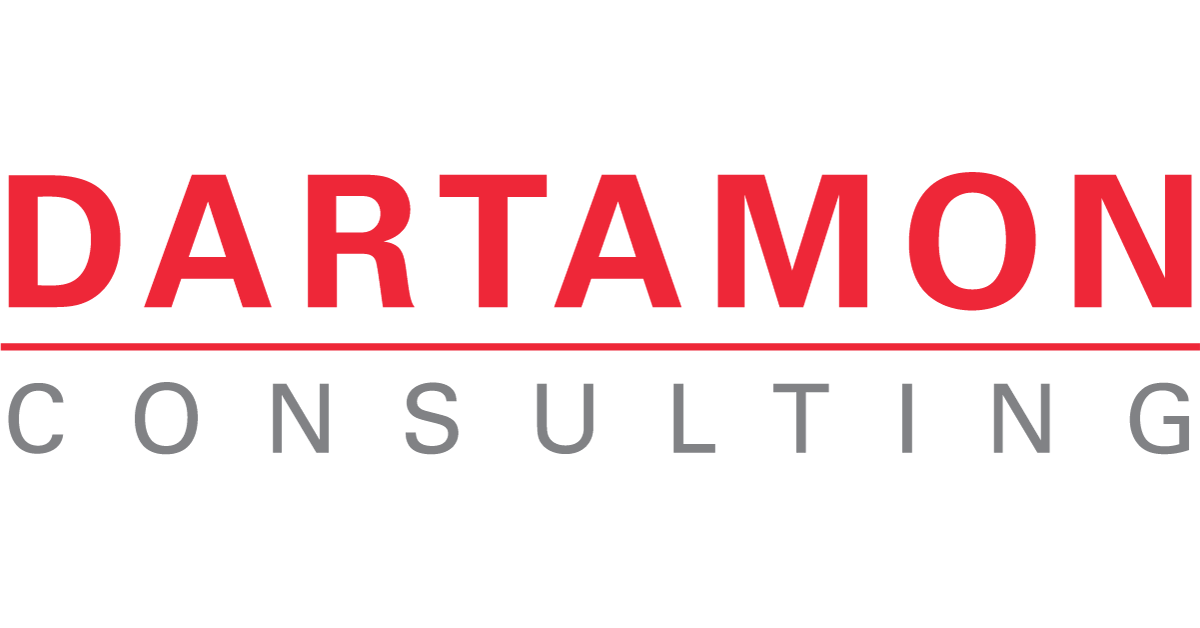Technology is often driven by economics. When personal computers became cheap enough to be on every desk the Internet was born. Basic websites could be visited by the public at large. That was 20 years ago, in the mid-to-late 90s.
Next, smartphones appeared in every pocket. Computers could go outside, you could take a picture with Instagram, hail a car with Uber, go on a tour with Strayboots or check into a location with Foursquare or Facebook. That was 10 years ago, in the mid-to-late 00s.
Today, computing power has become cheap enough, batteries have become cheap enough and wireless networks ubiquitous (through Wi-Fi or 3G/4G) that you can put a small computer just about anywhere and connect it to the Internet. This is the Internet of Things. It's marked by the ability of objects to produce data and communicate by their purpose, without you initiating the interaction.
The Internet of Things is still in its infancy. The most common application scenario today aresmart homes. Your home can detect your presence, turn the lights on and off on its own, regulate temperature, shut off the water when you are gone, water the lawn and make coffee five minutes before you wake up. All of the tedious work of maintaining a home is kept gone, once you create your digital lifestyle around you that self-regulates through a network of sensors and communicates via the local Wi-Fi network.
The implications for the future are enormous. If connectivity is cheap and computing on a small scale is cheap, we can place small computer packages anywhere. While the consumer markets are the first to adopt the internet of things, there are also big implications for the industrial and commercial worlds.
In the future, every segment of an industrial space or a factory will have its own digital minder, responsible for the efficiency and safety of the area. Each tool and part will be tracked in real-time to ensure the smooth operation of every process. End product will have sensors inside it to ensure customer service and life monitoring. Most cars today have a "check engine" light to tell you if something has gone wrong. Tomorrow, they will tell the mechanic what operations they need to do in order to get back in order and project those instructions on the mechanic's heads-up display.
For the world of business, the internet of things will become a data feeder into big data systems. New customer intelligence will arise from better understanding of customer behavior patterns, streams of value and self-organizing intelligence. Insurance companies will be able to gain better insights into the world of risk by understanding the patterns of the insured. Governments will be able to employ self-organizing traffic lights that will use local network to better organize traffic flow and respond to traffic or emergencies.
Computing intelligence that currently takes place on a larger organizing level of our lives is about to pervade the smaller world of things that we touch and use every day. At first, some of this intelligence will be intrusive. Tomorrow it be will hard to believe that someone had to turn on the coffee machine.
In Part 2, we will discuss the concrete implementation of an Internet of Things system using AT&T's Developer program and Microsoft Azure technologies.

